Lida Group Elevates Cold Chain Logistics with High-Quality Steel Warehouses Using Robot-Assisted Steel Structure Construction
2025-Aug-14 10:48:33
By Admin
1. Introduction
In the contemporary global marketplace, the cold chain logistics sector has emerged as a critical linchpin, facilitating the transportation and storage of temperature – sensitive goods such as food, pharmaceuticals, and chemicals. The demand for efficient cold chain solutions has been on an upswing, driven by factors like the growth of e – commerce, increasing consumer awareness of food safety, and the expansion of the pharmaceutical industry. As the industry evolves, companies are constantly seeking innovative ways to enhance the quality and efficiency of their cold chain operations. One such company at the forefront of this transformation is Lida Group, which has been making significant strides in elevating cold chain logistics through the construction of high – quality steel warehouses using robot – assisted steel structure construction techniques.
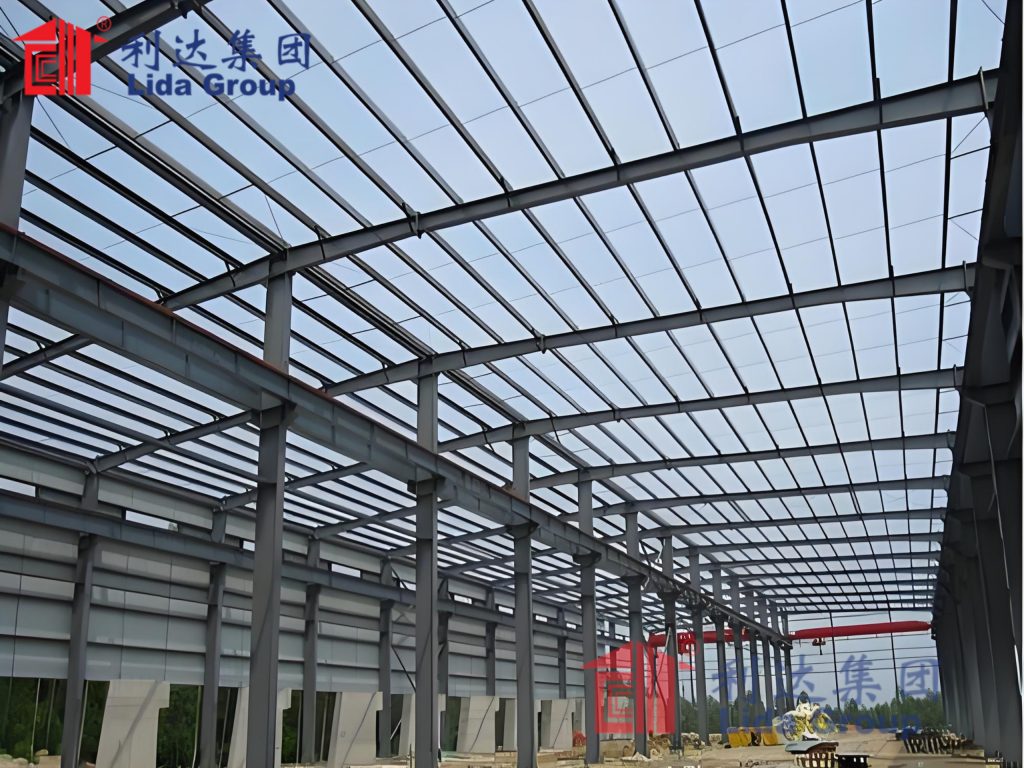
2. The Significance of Cold Chain Logistics
2.1 The Growth of the Cold Chain Market
The cold chain market has experienced remarkable growth in recent years. According to market research reports, the global cold chain market is projected to reach a value of over $300 billion by 2025, with a compound annual growth rate (CAGR) of around 10%. This growth can be attributed to several factors. Firstly, the rise in consumer demand for fresh and healthy food products, especially in developing economies, has led to an increased need for proper cold storage and transportation facilities. Secondly, the expansion of the pharmaceutical industry, with the development of new drugs and vaccines that require strict temperature control, has further fueled the demand for cold chain services. For instance, the COVID – 19 pandemic has highlighted the critical importance of a robust cold chain in the distribution of vaccines, which need to be stored and transported at specific temperatures to maintain their efficacy.
2.2 Challenges in Cold Chain Logistics
Despite its growth, the cold chain logistics sector faces numerous challenges. One of the primary challenges is maintaining temperature integrity throughout the supply chain. Temperature fluctuations can lead to spoilage of food products, reduced efficacy of pharmaceuticals, and even pose health risks. Ensuring consistent temperature control from the point of production to the end – consumer is a complex task that requires sophisticated infrastructure and monitoring systems. Another challenge is the high cost associated with cold chain operations. The construction and maintenance of cold storage facilities, as well as the use of refrigerated transportation vehicles, are expensive. Additionally, the need for specialized equipment and trained personnel further adds to the cost burden. There are also regulatory challenges, as different countries and regions have varying standards and regulations regarding the storage and transportation of temperature – sensitive goods. Complying with these regulations can be a daunting task for cold chain logistics providers.

3. Lida Group: An Overview
3.1 Company Background and History
Lida Group was established in 1993 and has since grown to become one of the most powerful integrated building engineering companies in China. The company has its roots in the design, production, installation, and marketing of engineering construction. Over the years, Lida Group has diversified its business operations and now offers a wide range of services, including integrated camp construction, industrial construction, civil construction, infrastructure construction, human resource output, logistics services, property management, building materials and construction equipment supply, and programming and design services.
3.2 Company Achievements and Certifications
Lida Group has achieved several notable milestones and certifications. It has obtained ISO 9001, ISO 14001, ISO 45001, and EU CE certification (EN 1090). The company has also passed SGS, TUV, and BV inspections, which are internationally recognized for their strict quality and safety standards. Lida Group holds the second – class qualification of steel structure professional construction contracting and the general contracting qualification of construction engineering. In 2017, it was awarded the demonstration base of assembly building in Shandong Province. The company has also been recognized for its contributions to disaster relief efforts. In the reconstruction of Sichuan after the 5.12 earthquake, Lida Group was praised as an advanced enterprise for its outstanding contribution.
3.3 Global Presence and Clientele
Lida Group has a strong global presence. It has seven subsidiaries, including Weifang Henglida Steel Structure Co., Ltd., Qingdao Lida Construction Facility Co., Ltd., and Shouguang Lida Prefab House Factory in China, as well as USA Lida International Building System Co., Ltd., MF Development LLC, and Zambia Lida Investment Cooperation. Additionally, the company has set up many overseas branch offices in countries such as Saudi Arabia, Qatar, Dubai, Kuwait, Russia, Malaysia, Sri Lanka, Maldives, Angola, and Chile. Lida Group has independent import and export rights, and its products have been exported to more than 145 countries and regions. The company has established long – term cooperative strategic partnerships with major global construction and engineering companies, such as China Construction Group (CSCEC), China Railway Engineering Group (CREC), China Railway Construction Group (CRCC), China Communications Construction Group (CCCC), China Power Construction, Sinopec, CNOOC, MCC Group, Qingdao Construction Group, Italy Salini Group, UK Carillion Group, and Saudi Bin Laden Group. It is also a designated integrated camp supplier of the United Nations.
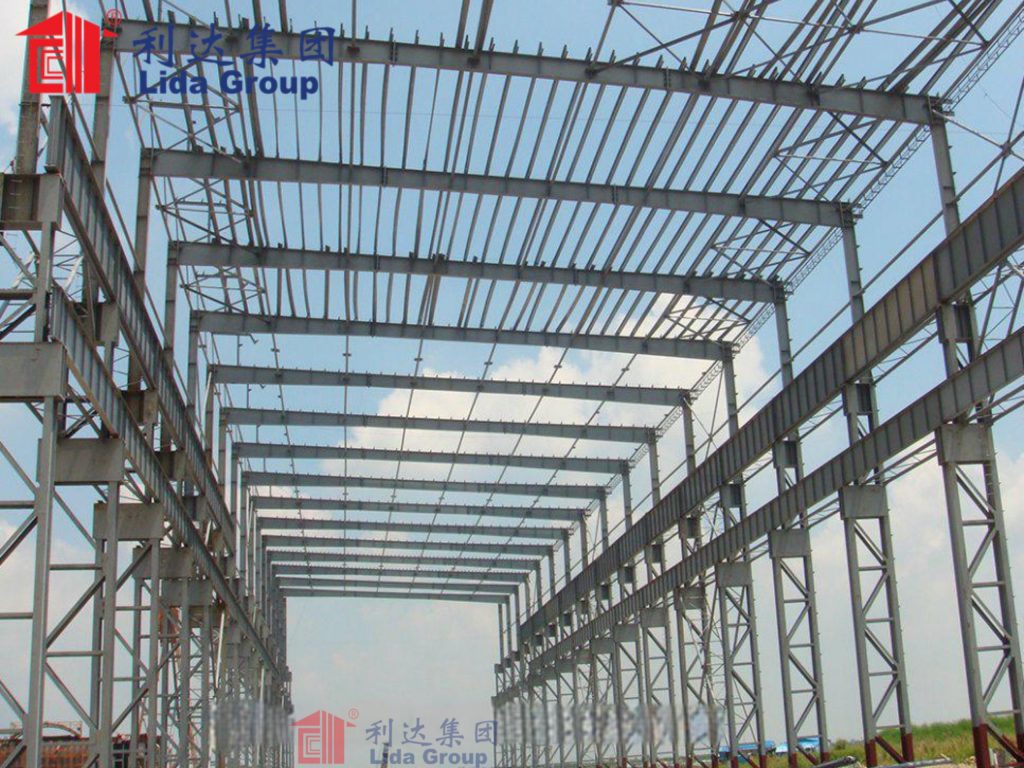
4. Steel Warehouses in Cold Chain Logistics
4.1 Advantages of Steel Structures in Cold Storage
Steel structures offer several advantages in the context of cold storage facilities. Firstly, steel is a highly durable material that can withstand harsh environmental conditions, including extreme temperatures and humidity. In cold storage environments, where temperatures can drop to sub – zero levels, steel structures maintain their structural integrity over long periods. Secondly, steel structures are highly customizable. They can be designed and fabricated to meet the specific requirements of cold chain logistics, such as large – span interiors for efficient storage and easy access for forklifts and other handling equipment. The flexibility of steel allows for the creation of multi – level storage systems, maximizing the use of vertical space. Thirdly, steel structures are relatively lightweight compared to other construction materials, which reduces the foundation requirements and overall construction costs. This is particularly beneficial in areas where the soil conditions may not be suitable for heavy – foundation structures. Additionally, steel is a recyclable material, making it an environmentally friendly choice for cold storage construction.
4.2 Design Features of Lida Group’s Steel Warehouses for Cold Chain
Lida Group’s steel warehouses for cold chain logistics are designed with several key features in mind. The buildings are constructed using high – quality steel materials, typically with a grade of Q235 or Q355, which offer excellent strength and durability. The steel frames and components are connected using a combination of welds, bolts, and rivets, ensuring a secure and stable structure. The warehouses are designed to have large, unobstructed interior spaces, allowing for easy layout and rearrangement of storage racks and equipment. The roofs of the warehouses are often sloped to facilitate water drainage, and they are equipped with high – performance insulation materials to minimize heat transfer. The walls are also insulated to maintain the desired temperature inside the cold storage area. Lida Group’s steel warehouses may also incorporate features such as energy – efficient lighting systems, advanced ventilation systems to control humidity, and state – of – the – art temperature monitoring and control systems.
4.3 Case Studies of Lida Group’s Steel Warehouses in Cold Chain Projects
Lida Group has been involved in several cold chain projects around the world. In one such project in a Middle Eastern country, Lida Group constructed a large – scale cold storage facility for a major food distribution company. The facility had a total floor area of over 50,000 square meters and was designed to store a wide range of food products, including fresh produce, frozen meats, and dairy products. The steel structure of the warehouse was designed to withstand the region’s high temperatures and occasional sandstorms. The interior was equipped with a sophisticated temperature and humidity control system, as well as a modern inventory management system. Another case study is a cold storage project in Southeast Asia, where Lida Group built a multi – level cold storage facility for a pharmaceutical company. The facility was designed to meet strict pharmaceutical storage regulations and had separate temperature – controlled zones for different types of drugs and vaccines. The steel structure of the building was engineered to provide a stable and secure environment for the storage of these sensitive products.
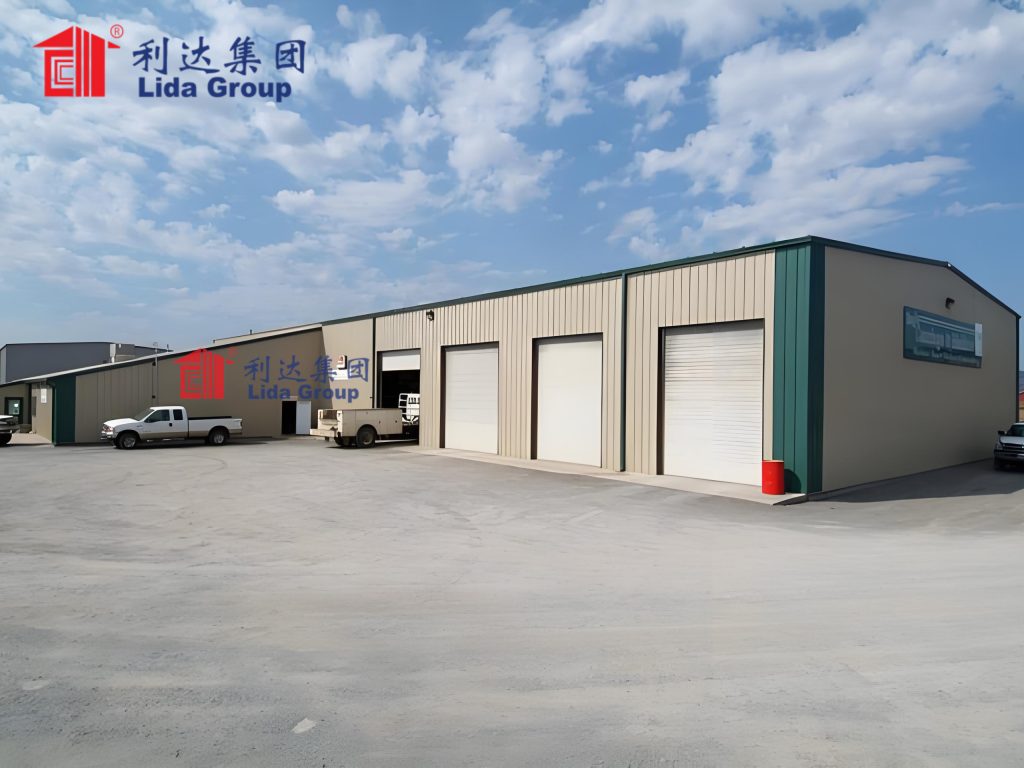
5. Robot – Assisted Steel Structure Construction
5.1 The Rise of Robotics in Construction
The construction industry has witnessed a significant increase in the use of robotics in recent years. Robotics technology has been introduced to address some of the long – standing challenges in the construction sector, such as labor shortages, high labor costs, and safety concerns. Robots can perform tasks with a high degree of precision and efficiency, reducing errors and rework. They can also work in hazardous environments, minimizing the risk of accidents to human workers. In the context of steel structure construction, robots are being used for tasks such as steel beam fabrication, welding, and installation.
5.2 How Robot – Assisted Construction Benefits Steel Warehouse Building
Robot – assisted construction offers several benefits in the building of steel warehouses for cold chain logistics. Firstly, it significantly improves construction speed. Robots can work continuously without breaks, reducing the overall construction time. For example, in the fabrication of steel components, robotic cutting and welding machines can produce parts much faster than manual labor. Secondly, robot – assisted construction enhances the quality of the final product. Robots are programmed to perform tasks with a high level of precision, ensuring that steel components are fabricated and assembled to exact specifications. This reduces the likelihood of structural defects and improves the overall durability of the warehouse. Thirdly, it improves safety on the construction site. By taking on dangerous tasks such as high – altitude welding and heavy – load lifting, robots protect human workers from potential accidents. Additionally, robot – assisted construction can lead to cost savings in the long run. Although the initial investment in robotics technology may be high, the reduction in labor costs, lower error rates, and shorter construction times can offset these costs over time.
5.3 Specific Robotic Technologies Used by Lida Group
Lida Group employs several specific robotic technologies in its steel structure construction processes. One of the key technologies is robotic welding. Robotic welding systems are used to join steel components with a high degree of precision and consistency. These systems can be programmed to perform complex welding patterns, ensuring strong and reliable welds. Another technology is robotic cutting. Robotic cutting machines use lasers or plasma torches to cut steel sheets and beams to the required dimensions. This results in clean and accurate cuts, reducing waste and improving the efficiency of the fabrication process. Lida Group also uses robotic cranes and lifting devices for the installation of steel components. These automated lifting systems can precisely position heavy steel beams and columns, minimizing the risk of accidents during the installation process. Additionally, the company may use drones for site inspection and monitoring during the construction of steel warehouses. Drones can quickly survey the construction site, providing real – time data on the progress of the project and helping to identify any potential issues.
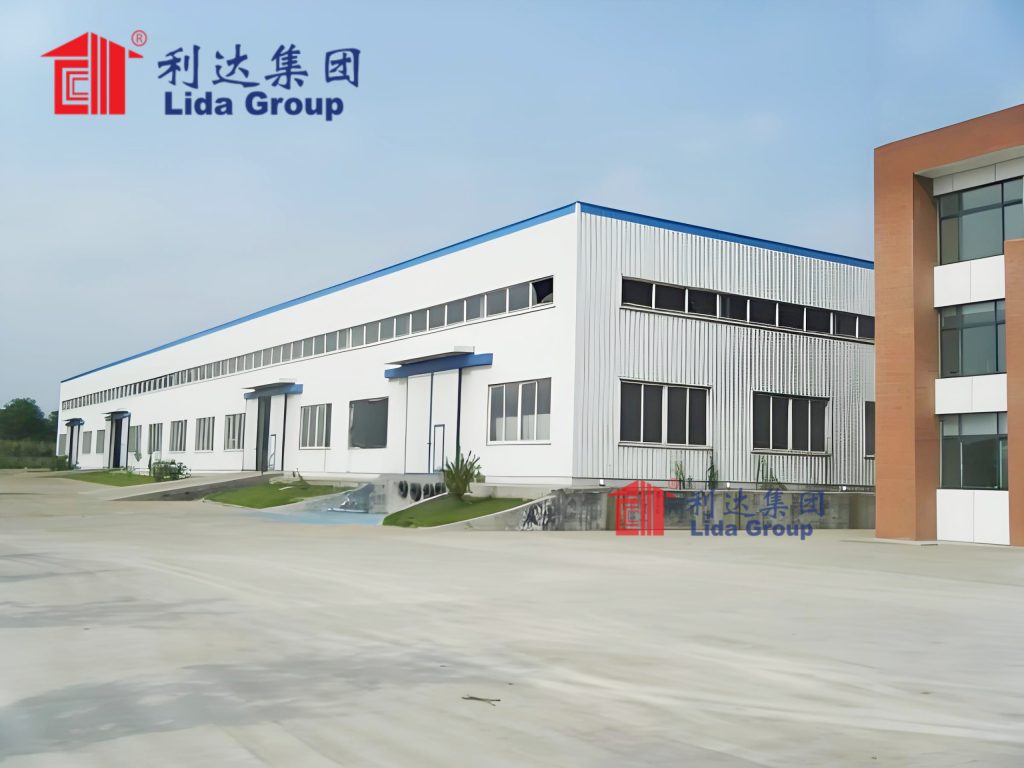
6. Integration of Technology in Lida Group’s Cold Chain Steel Warehouses
6.1 Smart Monitoring and Control Systems
Lida Group’s cold chain steel warehouses are integrated with smart monitoring and control systems. These systems use sensors to continuously monitor the temperature, humidity, and air quality inside the warehouse. The data collected by the sensors is transmitted in real – time to a central control unit, which can be accessed by warehouse managers remotely. The control unit is programmed to send alerts if any of the monitored parameters deviate from the set thresholds. For example, if the temperature in a cold storage area rises above the recommended level, the system will immediately notify the relevant personnel, who can then take corrective action. The smart monitoring and control systems also allow for the automatic adjustment of equipment such as refrigeration units, ventilation fans, and humidifiers to maintain optimal conditions inside the warehouse.
6.2 Automation in Warehouse Operations
In addition to smart monitoring, Lida Group’s cold chain steel warehouses incorporate automation in their operations. Automated guided vehicles (AGVs) are used for the transportation of goods within the warehouse. These vehicles can navigate the warehouse floor autonomously, following pre – programmed routes. They are equipped with sensors to avoid collisions with other objects and workers. AGVs can significantly improve the efficiency of warehouse operations, as they can operate continuously and at a faster pace than human – driven vehicles. Automated storage and retrieval systems (AS/RS) are also commonly used in Lida Group’s warehouses. These systems use robotic cranes and conveyors to store and retrieve pallets of goods from high – density storage racks. AS/RS systems can maximize the use of space in the warehouse and reduce the time required to access stored items.
6.3 The Role of IoT in Enhancing Cold Chain Efficiency
The Internet of Things (IoT) plays a crucial role in enhancing the efficiency of Lida Group’s cold chain operations. IoT devices, such as sensors and actuators, are connected to the Internet, allowing for the seamless exchange of data. In the context of cold chain steel warehouses, IoT enables the integration of different systems, such as the smart monitoring and control systems, automation equipment, and inventory management systems. For example, IoT – enabled sensors on pallets can provide real – time information about the location and condition of goods in the warehouse. This information can be integrated with the inventory management system, allowing for more accurate tracking of stock levels and reducing the risk of overstocking or stockouts. IoT also enables predictive maintenance of equipment. By continuously monitoring the performance of refrigeration units, AGVs, and other equipment, IoT – based systems can predict when maintenance is required, reducing the likelihood of equipment failures and downtime.
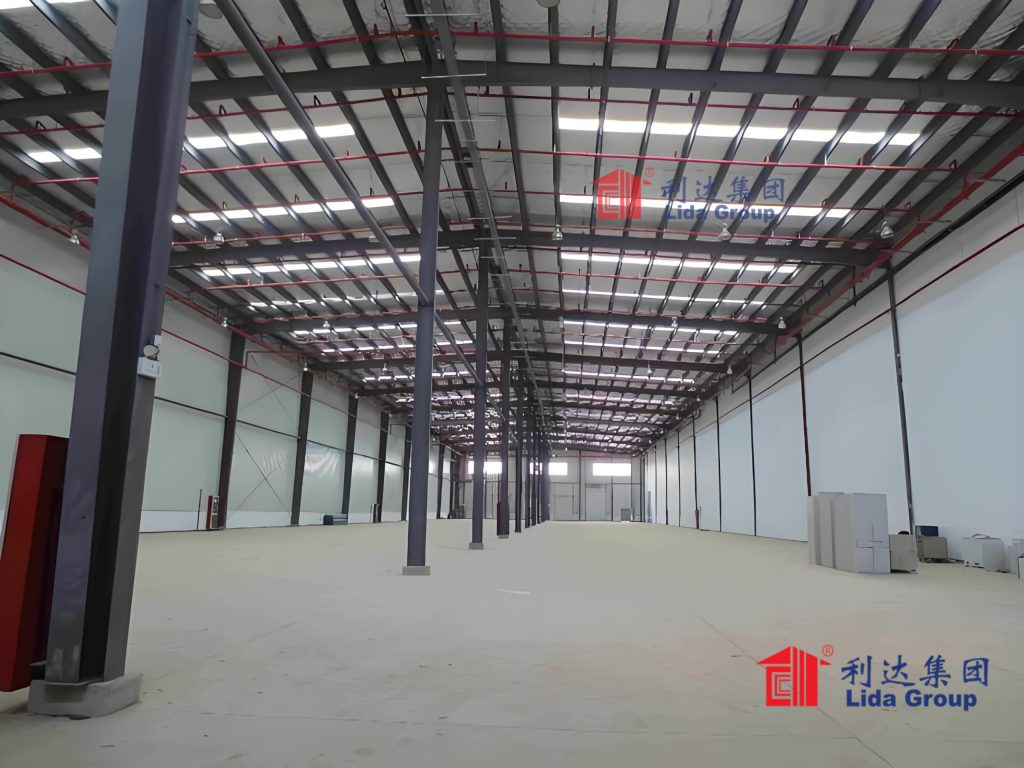
7. Impact on the Cold Chain Logistics Industry
7.1 Improving Efficiency and Reducing Costs
Lida Group’s high – quality steel warehouses and robot – assisted construction methods have a significant impact on improving the efficiency and reducing the costs of cold chain logistics. The use of steel structures with advanced design features and the integration of smart technologies result in more efficient storage and handling of temperature – sensitive goods. The automated warehouse operations, such as the use of AGVs and AS/RS systems, reduce the time and labor required for loading, unloading, and inventory management. This leads to increased throughput and faster order fulfillment. The improved temperature control and monitoring systems also reduce the risk of product spoilage, which in turn reduces losses for cold chain logistics providers. The cost savings achieved through increased efficiency, reduced labor costs, and lower product losses can make cold chain logistics more competitive in the market.
7.2 Enhancing Food Safety and Product Quality
One of the most significant impacts of Lida Group’s initiatives is on enhancing food safety and product quality. In the cold chain, maintaining proper temperature and humidity conditions is crucial for ensuring the safety and quality of food products. Lida Group’s steel warehouses, with their advanced insulation and temperature – control systems, provide a stable environment for the storage of food. The smart monitoring and control systems continuously monitor these conditions, ensuring that any deviations are quickly detected and corrected. This helps to prevent the growth of harmful bacteria and the spoilage of food products, reducing the risk of food – borne illnesses. For pharmaceutical products, the strict temperature and humidity control in Lida Group’s cold storage facilities ensure the efficacy and safety of drugs and vaccines. By enhancing food safety and product quality, Lida Group is contributing to the overall well – being of consumers.
7.3 Setting New Standards in the Industry
Lida Group’s innovative approach to cold chain logistics, through the use of high – quality steel warehouses and robot – assisted construction, is setting new standards in the industry. The company’s achievements in terms of construction speed, quality, and the integration of advanced technologies are inspiring other players in the cold chain logistics sector to adopt similar practices. The use of robotics in construction, for example, is becoming more prevalent as companies seek to improve efficiency and safety. Lida Group’s success in implementing smart monitoring and control systems and automation in warehouse operations is also encouraging other cold chain operators to invest in these technologies. As a result, the overall quality and efficiency of the cold chain logistics industry are being raised, benefiting both businesses and consumers.
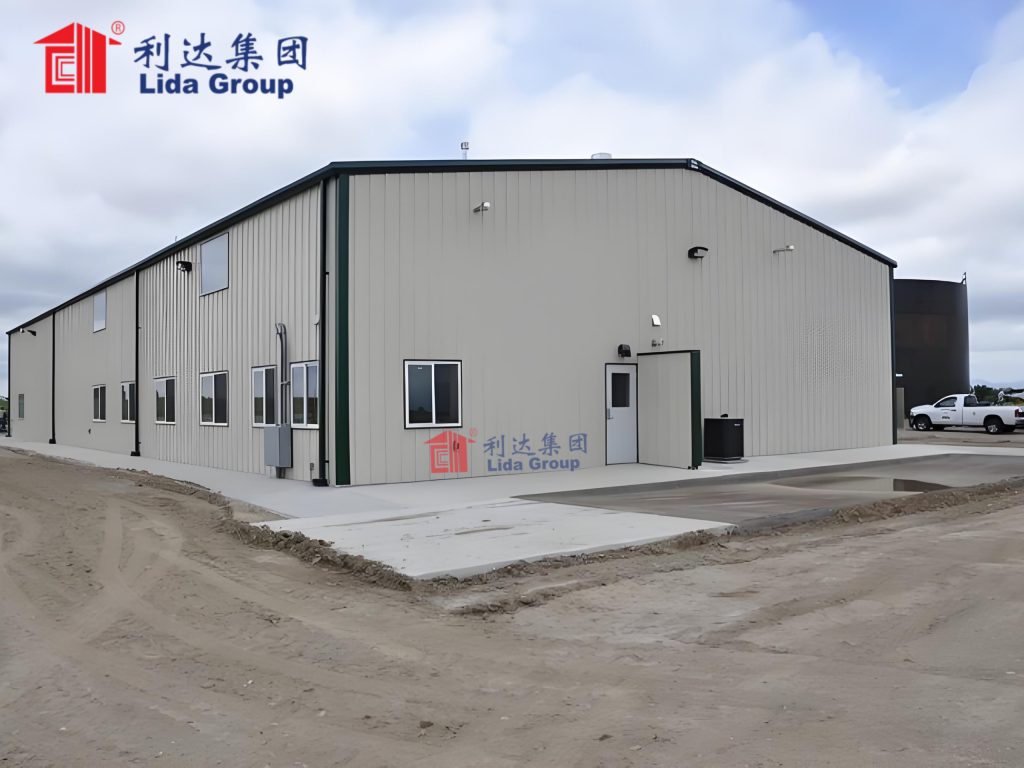
8. Future Prospects and Expansion Plans
8.1 Upcoming Projects and Investments
Lida Group has several upcoming projects and investments in the cold chain logistics sector. The company plans to expand its presence in emerging markets, where the demand for cold chain facilities is expected to grow significantly in the coming years. In Asia, for example, Lida Group is considering building new cold storage facilities in countries such as India and Indonesia, where the growing middle – class population is driving up the demand for fresh and processed food products. The company is also investing in research and development to further improve its steel structure construction technologies and the integration of smart systems in cold chain warehouses. These investments are aimed at developing more energy – efficient, cost – effective, and sustainable solutions for the cold chain logistics industry.
8.2 Technological Advancements and Innovations
Looking to the future, Lida Group anticipates several technological advancements and innovations in the cold chain logistics sector. The company expects to see further developments in robotics technology, with robots becoming more intelligent and capable of performing even more complex tasks in construction and warehouse operations. For example, future robotic systems may be able to adapt to changing construction site conditions in real – time, further improving construction efficiency. In the area of smart technologies, Lida Group foresees the integration of artificial intelligence (AI) and machine learning (ML) in cold chain monitoring and control systems. AI and ML algorithms can analyze large amounts of data from sensors to predict equipment failures, optimize temperature and humidity control, and improve inventory management. The company also plans to explore the use of new materials and construction techniques to make its steel warehouses even more sustainable and environmentally friendly.
8.3 Contribution to the Sustainable Development of the Cold Chain
Lida Group is committed to contributing to the sustainable development of the cold chain logistics industry. The use of steel structures, which are recyclable materials, is already a step towards sustainability. In the future, the company aims to further reduce the environmental impact of its cold chain facilities. This may involve the use of renewable energy sources, such as solar panels, to power the warehouses. Lida Group also plans to optimize the energy efficiency of its refrigeration and ventilation systems, reducing energy consumption and greenhouse gas emissions. By promoting sustainable practices in the cold chain logistics industry, Lida Group is not only helping to protect the environment but also ensuring the long – term viability of the industry.
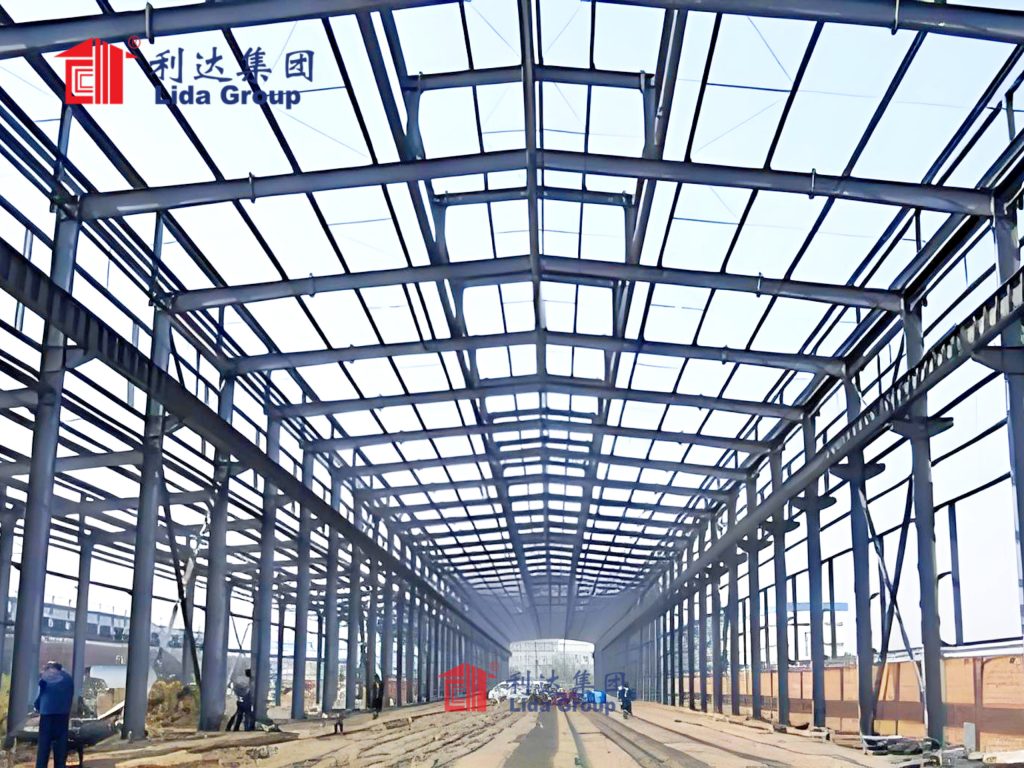
9. Conclusion
In conclusion, Lida Group has emerged as a pioneer in the cold chain logistics industry by elevating the standards of cold storage facilities through the construction of high – quality steel warehouses using robot – assisted steel structure construction. The company’s long – standing experience, global presence, and commitment to innovation have enabled it to address the critical challenges faced by the cold chain sector, from maintaining temperature integrity to reducing operational costs.
By leveraging the advantages of steel structures—such as durability, customizability, and environmental sustainability—Lida Group has created cold storage facilities that not only meet the stringent requirements of storing temperature – sensitive goods but also optimize space utilization and long – term performance. The integration of robot – assisted construction techniques has further revolutionized the building process, enhancing speed, precision, and safety while driving down costs in the long run. This combination of advanced materials and cutting – edge construction methods has set Lida Group apart as a leader in delivering reliable and efficient cold chain infrastructure.
Moreover, the incorporation of smart technologies, including IoT – enabled monitoring systems, automation in warehouse operations, and predictive maintenance, has transformed these steel warehouses into intelligent hubs of cold chain logistics. These technologies ensure real – time oversight of environmental conditions, streamline inventory management, and minimize the risk of product spoilage, thereby enhancing food safety, pharmaceutical efficacy, and overall supply chain reliability.
Lida Group’s impact extends beyond individual projects; it is actively reshaping the cold chain industry. By setting new benchmarks for quality, efficiency, and sustainability, the company is inspiring competitors and partners alike to adopt innovative practices. Its global footprint, spanning over 145 countries, allows it to share its expertise and solutions on a worldwide scale, contributing to the development of more robust cold chain networks across diverse markets.
Looking ahead, Lida Group’s commitment to research and development, coupled with its plans for expansion in emerging markets, positions it to play an even more significant role in the future of cold chain logistics. The anticipated integration of AI, machine learning, and renewable energy sources into its facilities will further enhance sustainability and operational efficiency, aligning with global efforts to reduce carbon footprints and promote eco – friendly practices.
In essence, Lida Group’s journey represents a harmonious blend of engineering excellence, technological innovation, and a deep understanding of the cold chain’s evolving needs. Through its high – quality steel warehouses and robot – assisted construction, the company is not just building structures but is also fortifying the backbone of global cold chain logistics, ensuring that temperature – sensitive goods reach their destinations safely, efficiently, and sustainably—now and for generations to come.
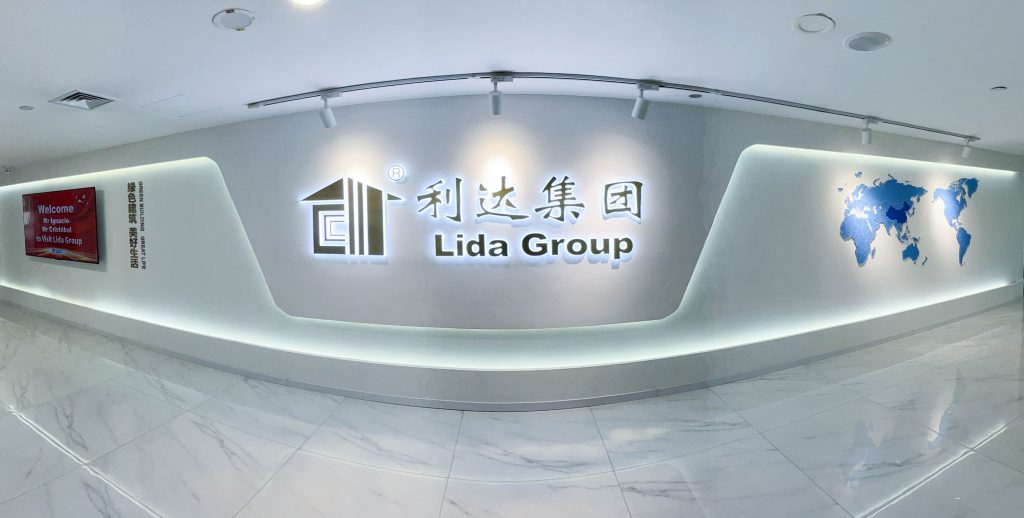
Related news
-
Coastal Research Breakthrough: Lida Group's Corrosion-Resistant Prefab Sandwich Panel Construction Protects Mobile Field Labs
2025-08-08 10:51:43
-
Future-Proof Remote Worksites: Lida Group Integrates Solar Tech into Mobile Houses via Advanced Sandwich Panel Construction
2025-08-08 11:46:06
-
Luxury Glamping Upgraded: High Quality Mobile House Resorts Built with Lida Group's Insulated Temporary Prefab Kits
2025-08-08 11:31:19
contact us
- Tel: +86-532-88966982
- Whatsapp: +86-13793209022
- E-mail: sales@lidajituan.com


